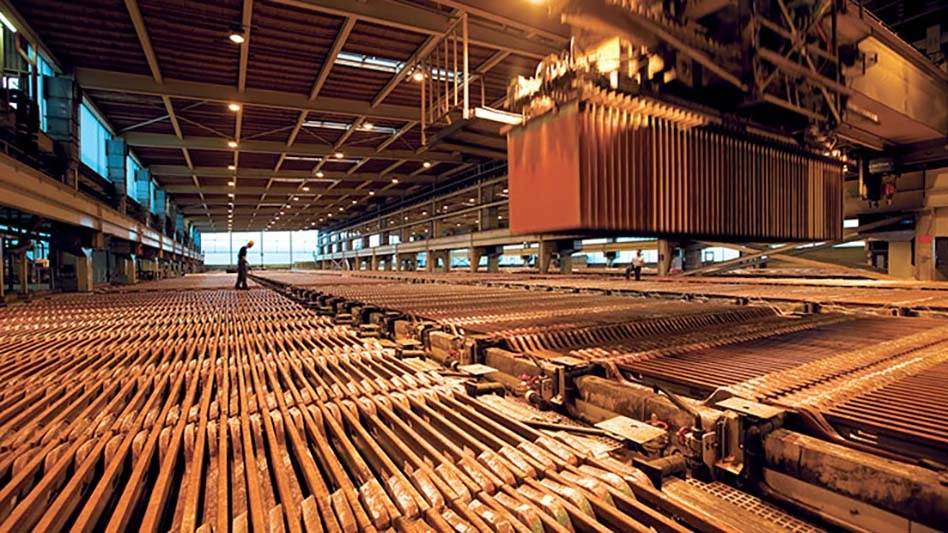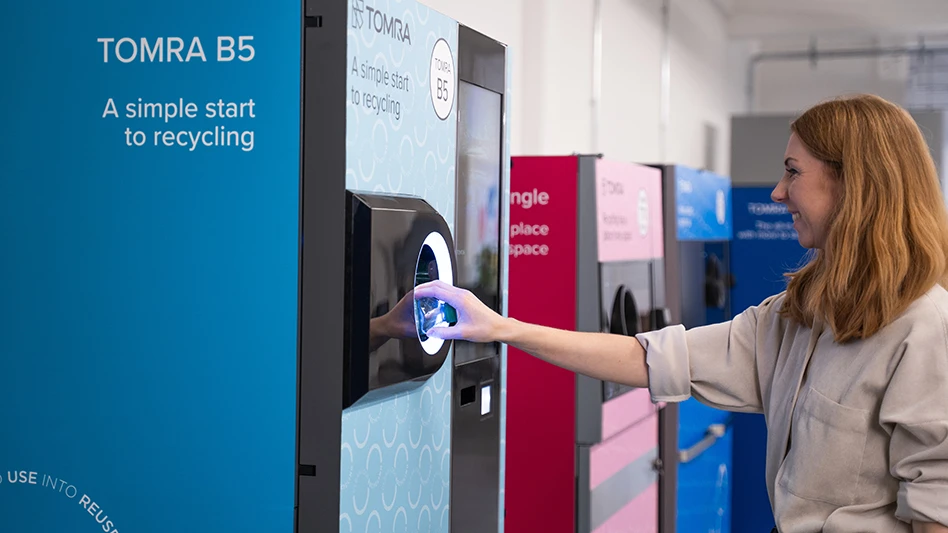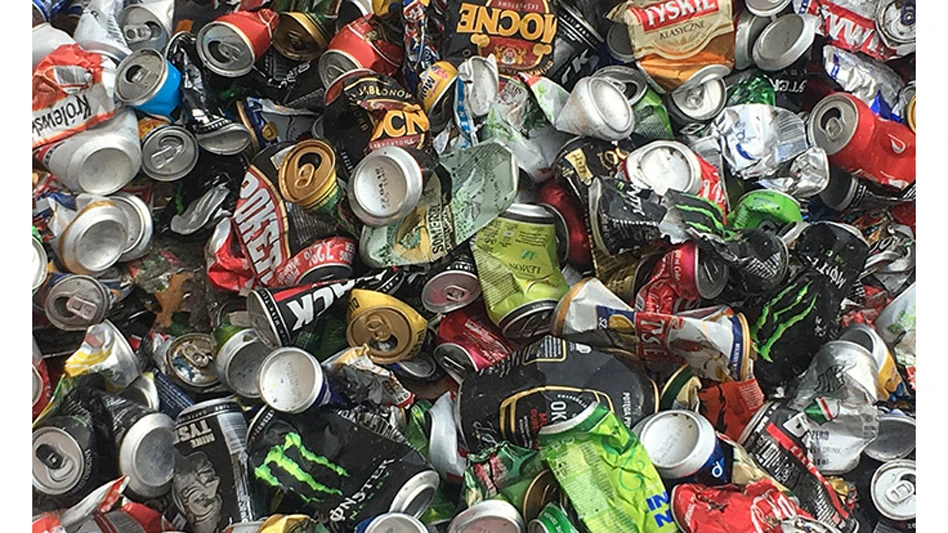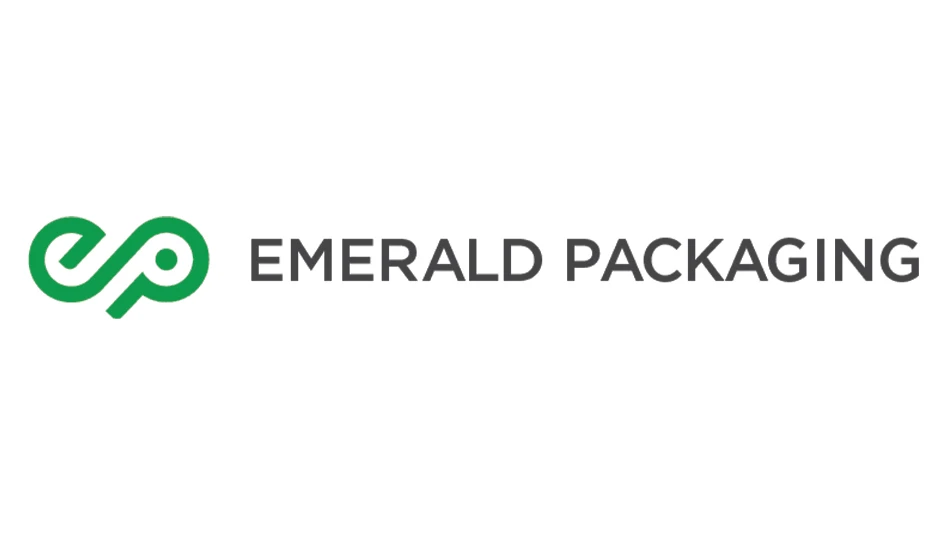
Australian Paper, based in Mt. Waverley, Australia, has opened a new $90 million recycling and paper deinking facility at its mill in the state of Victoria, Australia.
“This plant will take up to 80,000 metric tons of [scrap] paper out of Australia’s landfill each year, which is enough to fill a tennis court to more than twice the height of the Eureka Tower [the tallest building in Australia],” says Peter Williams, Australian Paper’s COO. “We are committed to meeting the growing demand for premium, local recycled paper.”
 When operating at full capacity the deinking plant will produce around 50,000 metric tons of recycled-content pulp each year.
When operating at full capacity the deinking plant will produce around 50,000 metric tons of recycled-content pulp each year.
Nippon Paper, the Japan-based parent company of Australian Paper, approved the construction of the facility in October 2012. When they officially announced construction of the project, Nippon said that when operational the deinking facility would triple Australian Paper’s use of recycled fiber, as well as enable the development of a wide range of Australia-produced paper products.
“It is a vital part of our future operations and we thank everyone who has made this investment in regional Victorian manufacturing possible,” adds Williams.
“We received project funding from the federal and Victorian governments and letters of support for the project from Planet Ark, Green Capital and a number of our key customers,” Williams continues.
Paul Klymenko, CEO of Planet Ark, says, “We applaud this initiative. It is a great win for recycling and it creates green jobs when we are seeing a decline in Australian manufacturing in other areas.”
“The Australian Government has specified that it will purchase 100 percent recycled papers from July 1, 2015, and we are hopeful that all government departments, federal and state, will recognize the sustainability advantages of Australian-made 100 percent recycled paper over imports when making their purchase decisions, Williams says.
“The environmental benefits of this project are significant. Importing recycled paper made overseas only adds to Australia’s landfill and also generates significant sea-freight emissions,” Williams continues. “In contrast, removing 80,000 metric tons of [scrap] paper from Australia’s landfill saves up to 200,000 metric tons of carbon emissions every year, which is equal to taking more than 70,000 cars off Australia’s roads. The current Australian market demand for recycled-content office papers is only one third of the new plant’s capacity, so we need everyone’s help to lift the demand for Australian-made recycled content paper and do the right thing for our local environment.”
Australian Paper is not increasing its papermaking capacity at its Maryvale mill. Instead, the new plant will allow the company to increase the recycled content of its copy, printing and envelope papers.
To feed the deinking facility Australian Paper is sourcing recovered fiber from many of the leading collection companies. the bales of shredded paper will be stored at a yard adjacent to the plant for processing. The company expects to process around 110,000 bales of recovered fiber per year. Most of the fiber that will be consumed will be shredded office copy paper.
Latest from Recycling Today
- Alberta Ag-Plastic pilot program continues, expands with renewed funding
- ReMA urges open intra-North American scrap trade
- Axium awarded by regional organization
- China to introduce steel export quotas
- Thyssenkrupp idles capacity in Europe
- Phoenix Technologies closes Ohio rPET facility
- EPA selects 2 governments in Pennsylvania to receive recycling, waste grants
- NWRA Florida Chapter announces 2025 Legislative Champion Awards





